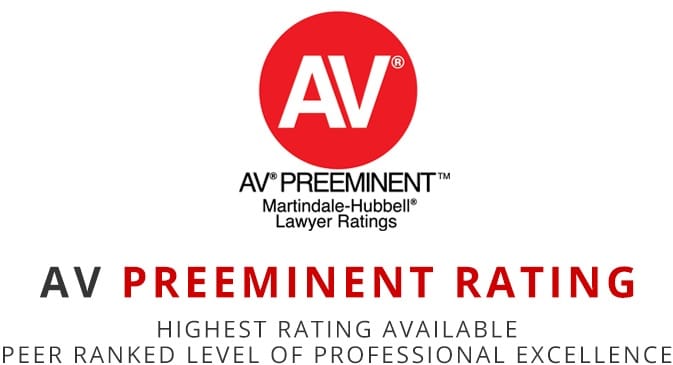Employment Discrimination and Retaliation
How does an employee prove that an adverse employment action was for an unlawful reason? One of the biggest challenges for an employee in litigating an employment discrimination or retaliation claim is proving that the employer’s action was motivated by a discriminatory or retaliatory intent. In some cases, managers or supervisors may make direct statements or implement policies that are discriminatory or retaliatory on their faces. For example, a supervisor might say something like, “We have too many old people here. We are going to get rid of everyone over 50 and bring in some young people.” A statement like this is direct evidence of a discriminatory intent based on age. Direct evidence like this is very helpful in getting a claim past a Defendant’s motion for summary judgment and to a jury. However, in most employment discrimination and retaliation cases, an employee does not have access to direct evidence of discriminatory attitudes or bias by his or her employer. In these situations, the employee must rely on circumstantial evidence.
The federal courts developed a burden-shifting method of proof for employees claiming discrimination when no direct evidence of discriminatory intent is available. This method of proof requires the employee to come forward with a prima facie case of discrimination, which essentially is a set of circumstances that the court has determined provides some grounds to believe that the employee may have been the victim of discrimination. If the employee can show a prima facie case of discrimination, the burden of proof shifts to the employer to state its legitimate, nondiscriminatory basis for its actions against the employee. To win the case, the employee must convince the jury (or judge if it is a bench trial) that the employer’s explanation is not true and the real reason for the action was unlawful discrimination. Stating a prima facie case of discrimination is not enough to win, but it allows the employee to make the employer come forward with an explanation for its actions. If there is a genuine issue of material fact as to whether or not the employer’s actions were unlawful, the case goes on to the jury (or judge if a bench trial) for a verdict. Alternatively, it the employee cannot produce evidence to make out a prima facie case, the claim will be thrown out.
The exact evidence needed for an employee to make out a prima facie case of discrimination or retaliation varies depending on the circumstances of the case and the particular claims being made. However, the general model involves evidence that:
- The employee is a member of a protected class (age, race, sex, religion, national origin, or disability);
- The employee was meeting the employer’s legitimate expectations for job performance;
- The employer took an adverse employment action against the employee; and
- A causal connection between the adverse action and the protected classification.
In a failure to hire situation, the elements of the prima facie case are:
- Membership in a protected group;
- Application for and qualification for a job for which the employer was seeking applicants;
- Rejection, despite the applicant’s qualifications; and
- Employer continued to solicit applicants with qualifications equal to the plaintiff’s.
There are many situations where an employee feels that he or she was treated unfairly, but has no direct evidence of discrimination on the basis of a protected classification or the facts to make out a prima facie case of discrimination or retaliation. In these cases, unless the employee has a written employment contract for a definite term or can produce evidence that he or she was protected under one of the narrow statutory exceptions to the at-will rule, the law does not offer a remedy.

Employment Discrimination
WE CAN HELP. GET STARTED HERE.
FIRM RECOGNITION


NC Super Lawyers

AV Preeminent Lawyers
